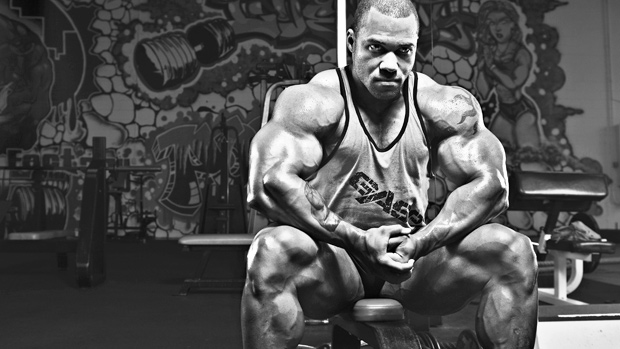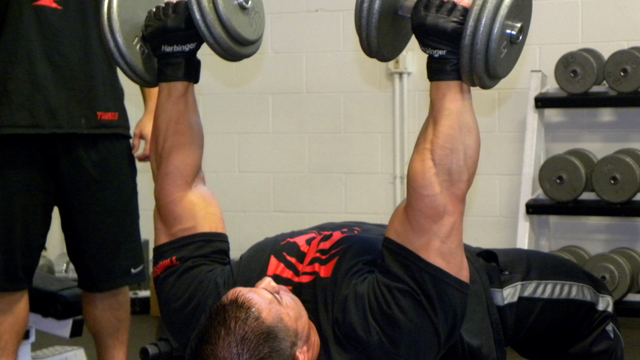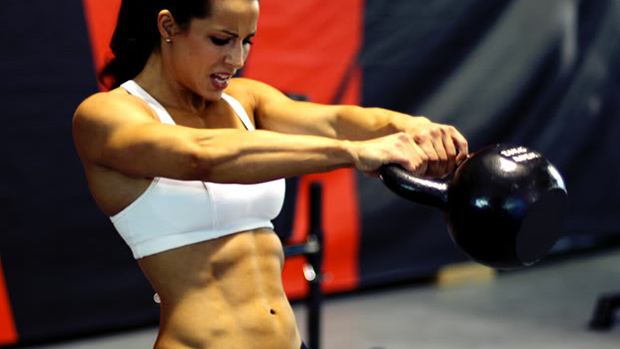Conventional wisdom led us to believe that low-rep ranges (1-5) build strength, moderate-rep ranges (6-12) were best for hypertrophy or size, and high-rep ranges (more than 12) develop muscular endurance. While that's partly true, the problem is in the application of the idea.
Lifters were advised to specialize in the rep ranges associated with their goals. So, powerlifters and Olympic lifters never really went past about 5 reps per set. Bodybuilders stuck primarily with the "hypertrophy zone," while beginners and people training at home with plastic-covered dumbbells would only do high-rep sets to work on their "definition."
What we know now is that, regardless of your goals, there are benefits for everyone in all rep ranges:
- A Powerlifter or O-lifter would be well-served to put on some size with hypertrophy-focused training (more than 6 reps). More muscle moves more weight.
- Bodybuilders need to lift heavy (5 or fewer reps) on a regular basis to improve their strength foundation. As your limit strength goes up, so does your sub-maximal strength, at least to a point. By improving your 3RM and 5RM, you'll be able to lift that much more during your hypertrophy work, leading to greater gains.
- Everybody should regularly throw in some high-rep work for just about anything, other than deadlifts and the O-lifts. The increased vascularization, extended time under tension, and improved mind-muscle connection all make high reps worth your time. Chase the pump. There's something truly special about 20-rep sets of squats.
A solid program will include all rep ranges in some way, whether by hitting low, medium, and high reps all in the same workout, or by cycling through them in a periodized program. Sure, prioritize the rep range most closely associated with your goal, but no matter what, you need to train in all rep ranges.





